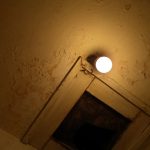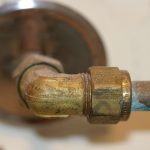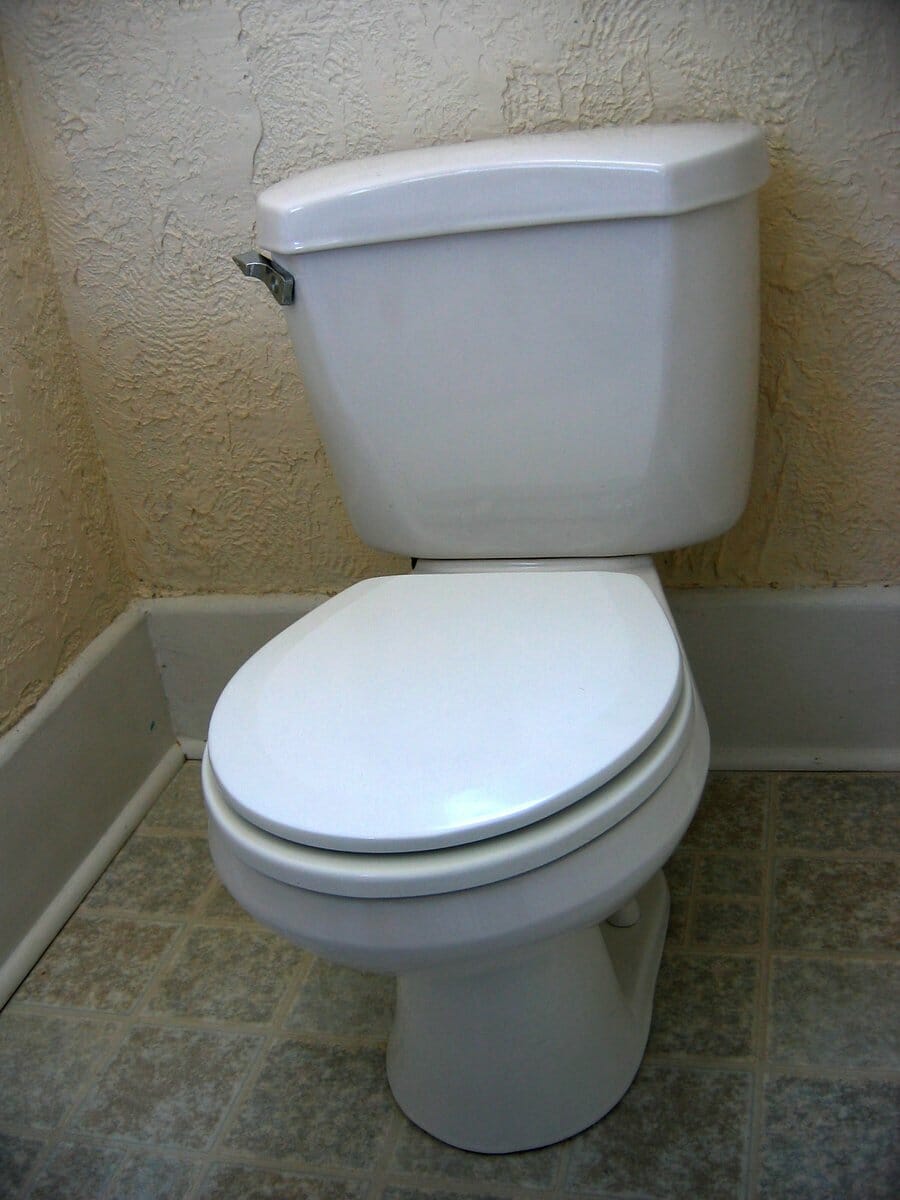The
toilet tank in your home is a mini water storage tank that is constantly cycled with clean water after every flush. As such, the toilet tank can provide an accurate snapshot of what is going on in your water supply right now. The water that is coming into your toilet flush tank is exposed to air, and it can leave material, such as rust, sediment, corrosion byproducts and other materials. Let’s examine five of these signs and what they can tell you about your water supply.
- Dark Colored or Rusty Water:
If you’re connected to the city water supply, this could indicate that the main distribution pipes for the city have been flushed recently. It could also indicate that the city water supply is just poorly treated. Those using well water could have a problem with iron and and an appropriate filtration system will be needed.
- Black Water Deposits:
The presence of black water and associated deposits typically occurs when connected to well water. These symptoms mean that there is ferric sulfide and/or manganese in the water supply. This is usually accompanied by a foul rotten eggs odor, and it can be treated with chlorine.
- Rust Colored Slime Deposits:
This is usually a well water issue, slimy and stringy deposits seem to grow on the side of the toilet flush tank. The water may be bubbly and/or frothy; this is a sure sign that there are iron bacteria present in the water supply. Treating the water with chlorine or ozone will be necessary to kill the iron bacteria, and then filtration will be required.
- A Clean Tank with Loose Deposits:
When the flush tank is clean, and there are deposits settled at the bottom of the tank it means that sediment or rust is present. These materials could be coming into your home by the water supply, or they could be a sign that your pipes are corroded. If you have galvanized iron pipes, check them for any signs of leaking and corrosion.
- A Clean and White Tank:
This could indicate that your water supply doesn’t have any problems at all. If your pipes are copper, it’s not being corroded, but care should be exercised. If your home is new or the toilet tank has only recently been fitted a clean and white flush tank is normal. In this case, check the tank every few months to see if any of the above mentioned water issues are occurring.
Checking the toilet flush tank is as simple as removing the lid and having a quick look inside. Often, the water coming into your home from the city water treatment plant or groundwater is good quality water. The usual water quality issues encountered come from the distribution system, such as pipes, tanks, valves and other equipment. As these parts wear out, it’s not that unusual for them to affect the water quality by contaminating it with sediment and deposits.
By Giovanni Longo President Flood Brothers Plumbing
Giovanni Longo is a 3rd generation master plumber who has been practicing his craft and trade in the greater Los Angeles area for well over a decade and a half. A plumbing and hydraulics-engineering innovator, Giovanni’s particular world-class expertise focuses on dealing with challenging sewer system designs as well as resolving complex commercial and residential draining issues. As a certified Flood Mitigation expert, he is also well versed in a wide variety of water damage and remediation solution.





